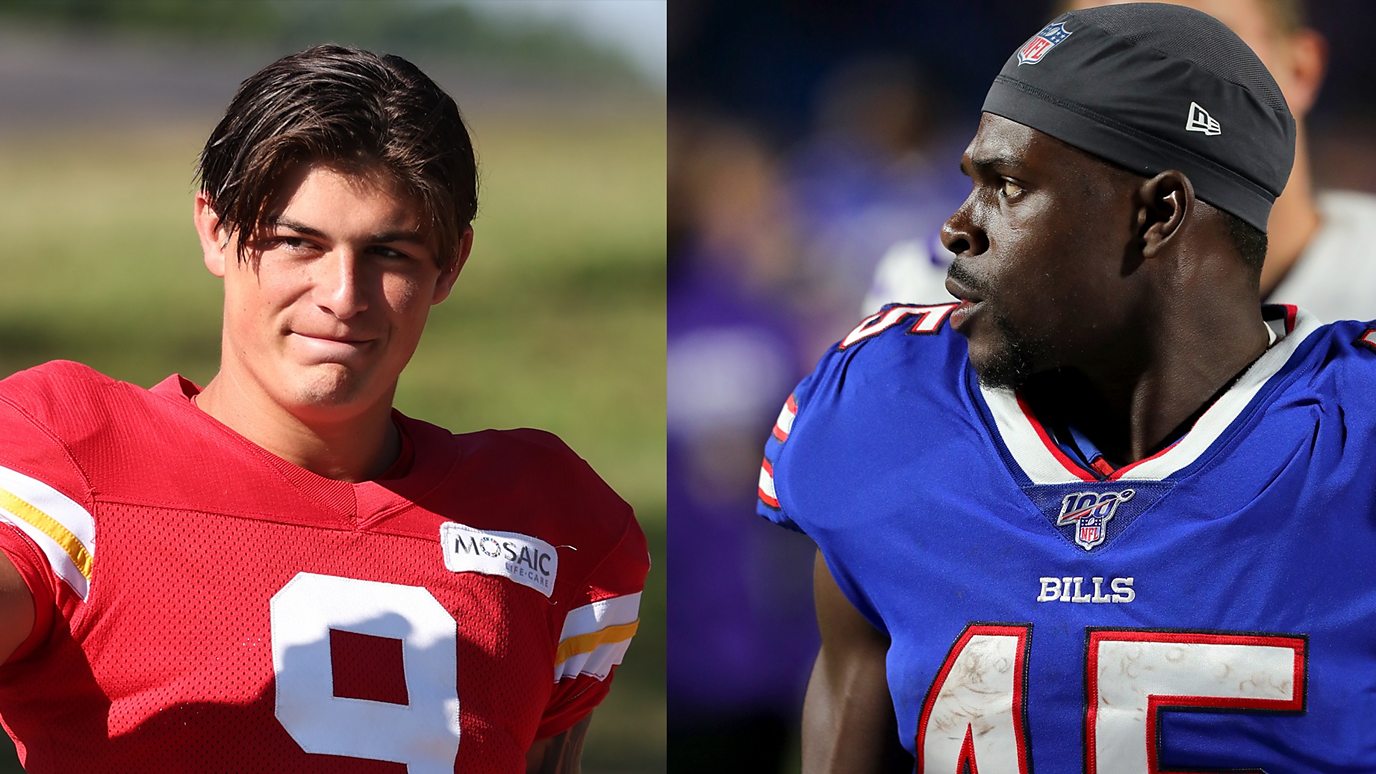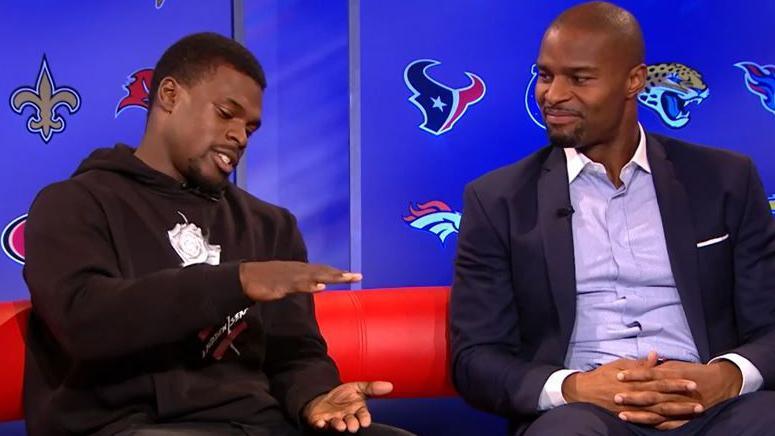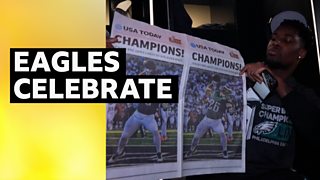
Breaking Into the NFL: Why It’s One of the Hardest Leagues to Crack
Why Breaking Into the NFL Is a Mountain Few Can Climb
When Louis Rees-Zammit swapped his rugby boots for a shot at NFL stardom, many saw it as a bold, almost romantic leap. But after 18 months of intense grind, the Welshman called time on his American football adventure and returned to rugby. His experience is the latest chapter in a growing story: just how tough it is to break into the NFL.
Rees-Zammit isn’t alone. He joins a long list of so-called ‘crossover athletes’ — often from rugby backgrounds — who’ve tried and struggled to make the transition. While a few have defied the odds, like Australia’s Jordan Mailata who helped the Eagles to a Super Bowl, the vast majority fall short. So, what makes the NFL such an impenetrable fortress for athletes coming in from the outside?
Playbooks, Not for the Faint-Hearted
For anyone raised outside the U.S., the mental side of American football can be staggering. Players coming through the North American system have grown up living and breathing the sport, absorbing its rules, rhythms, and rituals over years of reps.
Christian Scotland-Williamson, who spent time on the Pittsburgh Steelers’ practice squad before becoming a barrister, put it bluntly: “Learning NFL playbooks was harder than my law degree.”
That might sound like hyperbole, but ask any NFL hopeful and you’ll hear similar stories. Christian Wade, who joined the NFL in 2018, once compared the playbook’s size to an encyclopedia. “You learn terminology, then apply it that same day—then again the next day with new wrinkles,” Wade said.
Rees-Zammit wasn’t just trying to master one of these monsters — he was on his third playbook in 18 months, switching from the Chiefs to the Jaguars, who appointed a new head coach shortly after he arrived.
The Planet Theory: A Ruthless Supply and Demand Game

Christian Wade speaking on The NFL Show with Osi Umenyiora
Even if you’ve got the brains to absorb an NFL playbook, there’s still the body to consider. And this is where ‘planet theory’ comes into play.
Coined by the late Giants GM George Young and coach Bill Parcells, the theory suggests there are only a limited number of humans on Earth big and athletic enough to play certain NFL positions — particularly offensive and defensive linemen. That scarcity makes those athletes gold dust.
Two-time Super Bowl winner Osi Umenyiora, himself a Nigerian-born trailblazer, explains the flip side: positions like running back or wide receiver — the ones Rees-Zammit targeted — are oversaturated.
“Rees-Zammit’s a brilliant athlete,” Umenyiora said, “but there are hundreds just like him in Florida alone. To break through, you’ve got to be athletically superior and learn the game at warp speed.”
Rees-Zammit’s 4.43-second 40-yard dash is blistering by rugby standards, but in the NFL Draft combine? That made him merely joint-27th. In other words, he was competing against a sea of elite athletes raised on football since birth.
It’s Not Just Speed — It’s Football IQ
The NFL’s pace and complexity aren’t just physical — they’re cerebral. As NFL analyst Phoebe Schecter points out, knowing what to do at full speed matters as much as how fast you are.
“There’s this thing called paralysis by analysis,” she says. “Players start overthinking, especially those new to the game.”
In rugby, instinct leads players to exploit open space. In football? That same instinct can be a liability if it means abandoning your blocker or assignment. And when the game moves as fast as the NFL, second-guessing even for a millisecond can cost you.
Mailata’s Success Story: Rare Size, Rare Grit
So why did someone like Jordan Mailata succeed where others didn’t?
But his transformation wasn’t just about size. British coach Aden Durde — who helped launch the International Player Pathway (IPP) — said Mailata’s rise came down to brains and work ethic.
“He’s smart, resilient, and learned what he was good at. He developed as a pass protector and carried himself professionally in every environment.”
Easier Path for Kickers and Punters
Interestingly, not all crossover athletes struggle equally. Kickers and punters — particularly Australians and Irishmen raised on Aussie Rules or Gaelic football — have carved out a path into the NFL.
Because they only take the field in specific situations and already possess elite kicking skills, the learning curve is less steep. The Buffalo Bills’ gamble on former rugby forward Travis Clayton shows how teams are now scouring other sports for specialist talent.
The NFL Dream: Still Worth Chasing?
Despite the odds, the NFL remains a magnet for global athletes. Its scale, prestige, and paycheck make it a tantalising goal — but it’s not for the faint-hearted. Between the brutal learning curve, extreme competition, and razor-thin margins for error, breaking into the NFL is one of the hardest feats in professional sport.
For Louis Rees-Zammit, the journey may not have led to touchdowns, but it offered lessons, growth, and a once-in-a-lifetime experience. As he returns to rugby, his story remains a valuable case study of what it really takes to make it in America’s toughest league.











































There are no comments yet. Be the first to comment!